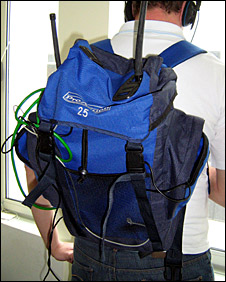As increasing numbers of British independent radio stations use greater amounts of automation, or voice tracking, I was amused to read what the Radio Authority (Ofcom‘s predecessor) decided about automation only fifteen years ago.
Today’s radio market is, of course, very different. Intensity of competition, especially from non-radio sources of entertainment, is a far greater challenge compared to what it was at the opening of this century.
Who knows how the market might change in the face of the post-dotcom generation? Will leadership in forming taste become too fragmented, and the vacuum need filling? In music radio, could real presenters, experiencing minute-by-minute the music they are playing, be valued once more?
For another perspective, see the foot of this post.
♫ “You’ve yet to have your finest hour.” ♪
Click here to read the entire set of Radio Authority minutes.
Automation
Following on from the discussion at the September meeting, Members decided to set a limit on the amount of automated programming to be generally allowed in daytime on local radio stations. The general limits would be two hours a day on FM stations, and four hours a day on those AM stations which are obliged to broadcast twelve hours or more of locally produced and presented programming. Staff could negotiate different limits, on request, in accordance to specified criteria. The stations would each be written to setting out the limits and giving an opportunity for representations to be made in respect of individual formats.
This decision on automation was not made on the basis that automated programming was necessarily undesirable. On the contrary, Members recognised that automation had a valuable part to play, particularly for overnight programming and for specialist shows.
However, they felt that the “localness” of stations would be jeopardised if programming were allowed to be automated for more than limited periods during the day and also the “liveness” of the medium, a feature of radio highlighted by the Authority in its White Paper submission in July 2000.
They also considered that listeners have a reasonable expectation for presentation to be live, and that too high a level of automation could undermine the trust that exists between the station and its audience. This in turn would affect both the quality of programme output and the reputation of the industry as a whole.
It was a fundamental part of the Authority’s statutory duties not to permit such a situation to occur. Consequently, the Authority decided to impose constraints on the amount of daytime automated programming without prior consent.
Meanwhile, Andrew Gray writes about the same topic HERE.

